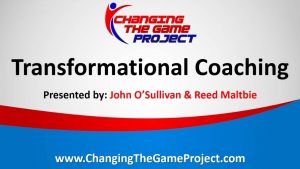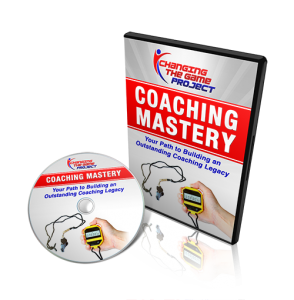2 strong components that will help you win games.
By Luis Gonzalez
It’s time to get ahead of the game. Yes, I’m talking about Health performance and Fitness conditioning. \
Winning games is important. However not as important as developing your players health, wellness and performance. Without these three components you will run in circles wondering why you haven’t won a game.
All major US teams as well as European teams have their players in tip top shape. Resulting in wins, game improvements, development and club recognition. That is why they’re the biggest and best in the world.
Teams are able to identify opposing team players who haven’t been in form and exploit them, giving them a big advantage.
Darcy Norman, a seasoned coach specializing in performance for the United States Mens National Team (USMNT) and Leo Shveyd, Owner of Advanced Wellness Personalized Training & Sports Performance have developed key frameworks and strategies focusing on their teams mental and physical states.
Leo realized that the right kind of training could help you get BETTER and “own your potential”. But finding that “right kind” proved more difficult. He wasted countless hours working “harder, not smarter”.
All Coaches want to achieve club goals and maintain a healthy squad that performs at a high level. The course below shares world class secrets on how to come out on top. Here are all the tools necessary. (Click on image to play video)

